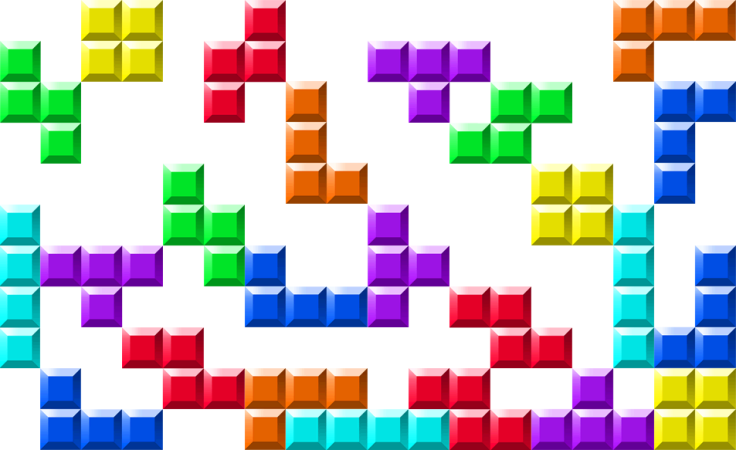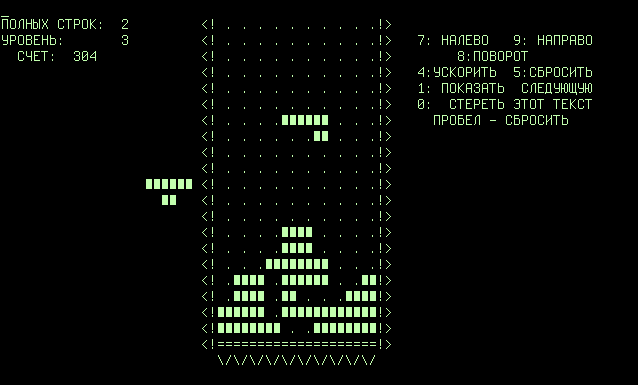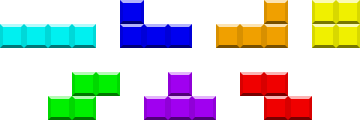'Tetris' Turns 30: Take A Look Back At Game Boy's Killer App

In an age of super-realism in video games, a simple, decades-old, pattern-recognition game is still one of the highest paid-downloaded games of all time.
The addictive puzzle game “Tetris” celebrates its 30th birthday Friday, and the addictive, frustrating 1984 title goes down as one of the most memorable and nostalgic ever. Though thousands of puzzle games and smartphone apps have launched over the past 30 years, “Tetris” is still loved by millions of players, especially those who fondly recall spending endless hours on their Nintendo Game Boy or Commodore 64 playing the beloved title.

"Human beings are addicted to pattern recognition. It is an integral part of our brains and a key to our problem-solving abilities. It's helped us map the constellations, build civilizations and create language. But for some reason, 'Tetris' turns that pattern recognition into an addiction at a level that rivals Pavlov's Dog," Brad Szollose, award-winning author of “Liquid Leadership” told International Business Times.
Russian game designer Alexey Leonidovich Pajitnov, now 58, developed the game with the help of associates Dmitry Pavlovsky and Vadim Gerasimov in the early 1980s. “Tetris” launched in the Soviet Union in 1984 and became available in other countries, including the U.S., in 1986.
Pajitnov came up with the idea to call the game “Tetris” by combining the words “tennis” and “tetromino,” a geometric shape composed of four squares. The game was developed on an Elektronika 60, a Russian terminal computer, while Pajitnov was working for the Soviet Academy of Sciences.

The concept of the game was incredibly simple. Geometric blocks composed of four smaller square blocks would fall from the top of the screen, and players could rotate them by 90-degree units to fit into one another at the base of the screen to form solid lines. Each solid line would disappear, and as the player stacked up more points, the blocks would fall at a quicker rate. The game only consisted of seven different blocks, and though the original Game Boy version showed monochrome graphics, the blocks were featured in various colors on the 1989 Microsoft PC version and the popular arcade version.

What made “Tetris” so popular? Though the title was available for several home computer platforms during the mid-1980s, it was the launch of the handheld version of the puzzle game for Nintendo’s portable Game Boy console in 1989 that catapulted the title to international fame. At that time, half a dozen different companies claimed rights to create and distribute the title across a variety of computers, consoles and handheld devices.

Several companies filed lawsuits as to which brand officially owned the game during the late 1980s and early 1990s, but official rights to “Tetris” reverted back to creator Pajitnov in 1996. Pajitnov had previously made very little money on the popular title and founded the Tetris Company, which is still the exclusive licensee of the game and owns all the rights to “Tetris” worldwide.
Since then, the title has experienced a number of spinoff games, including “Tetris 2” and 1996’s “Tetris Attack.”

In 2007, IGN placed the game second in its “100 Greatest Video Games of All Time” list. In 2010, it was announced that “Tetris” had sold more than 170 million copies, with about 70 million physical copies and more than 100 million smartphone downloads, making it the highest paid-downloaded game of all time.
"'Tetris' is subtle. It's simple and elegant. It's iterative. And the speed of the challenge increases with each level. Human beings, no matter what generation they fall into, have a deep-seeded need to master something," Szollose added. "'Tetris' feeds that need. If you don't believe me, ask any Boomer if they played 'Pong.' Then ask how many hours they played it without being able to stop! These games are joyfully addictive."
© Copyright IBTimes 2024. All rights reserved.






















